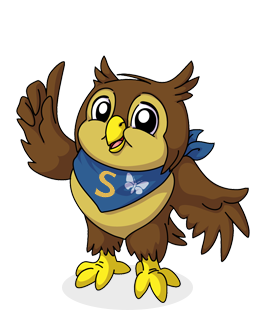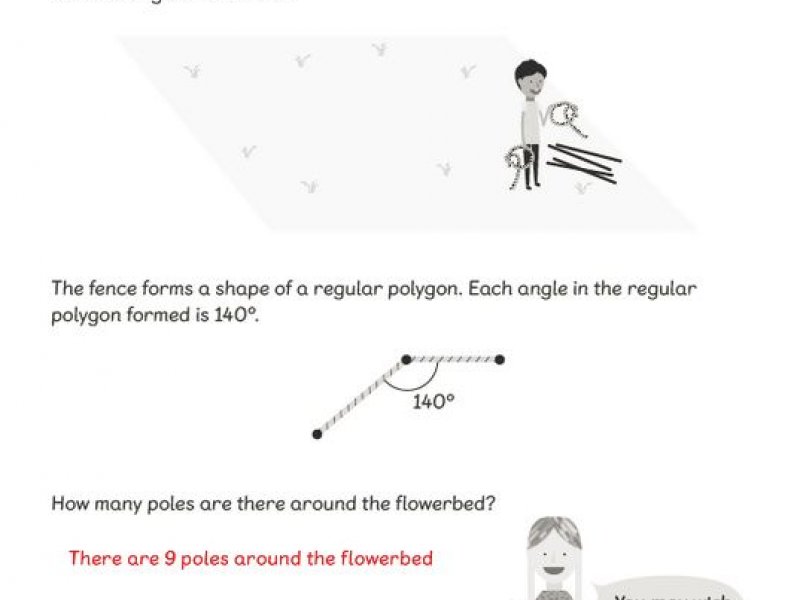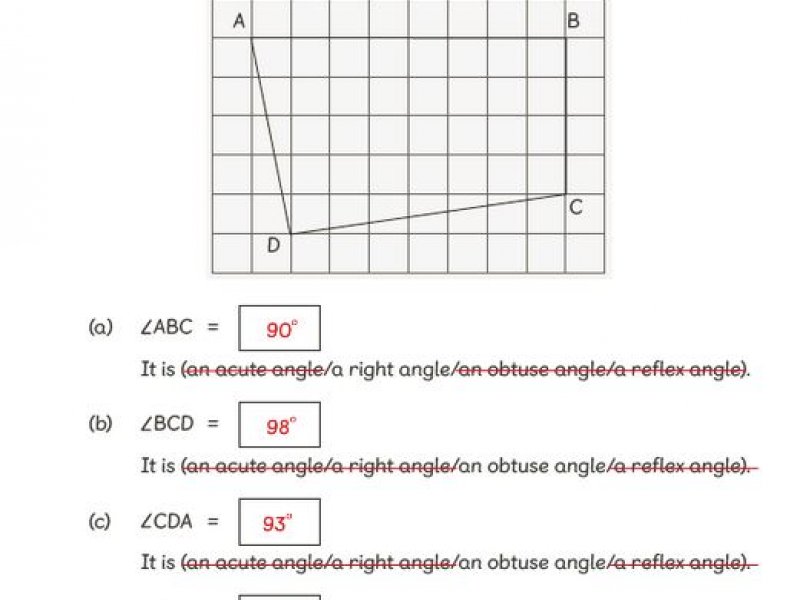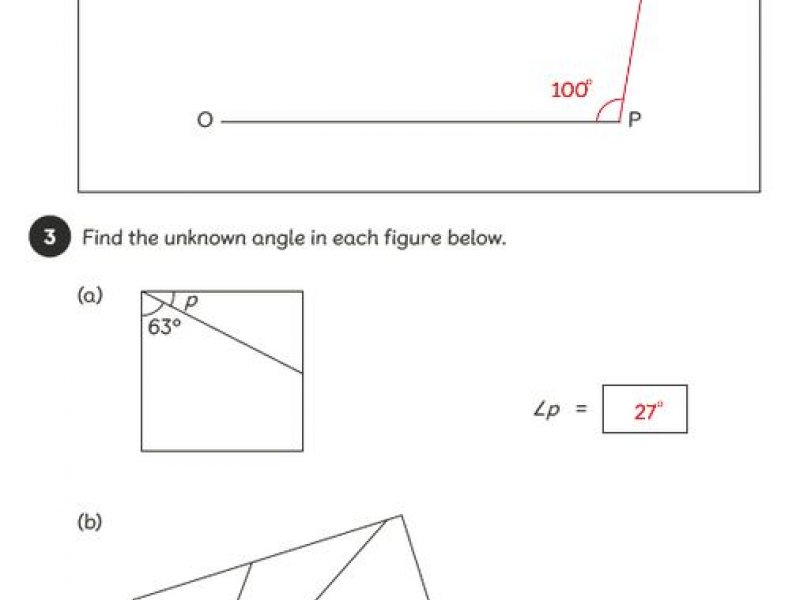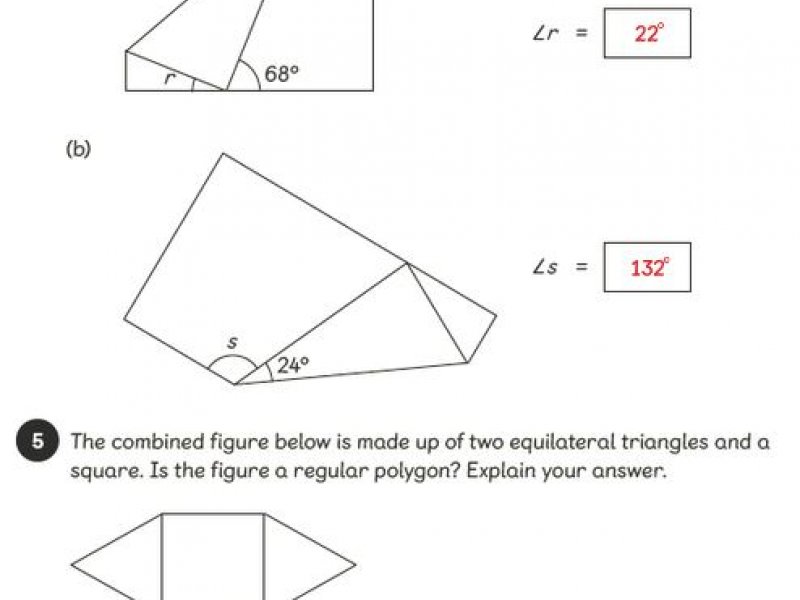Good morning every body and welcome back to ‘school’!
Please reply to my weekly emails to let me know you are all well and are receiving them and the information they contain, thank you.
Here are your tasks for today:
Maths
The answers for the review you may have completed over the past few weeks are in the gallery at the bottom of the page. Let me know how you got on!
Mental Maths Challenge:
8x tables.
Write out the 8 times tables to remind yourself, then cover it over and collect your laminated Speed Racer sheet we sent you home with.
Starting the clock, fill in the blank squares by multiplying the number in the squares above by 8. Let me know how long it takes you to complete the track!
Maths No Problem: Textbook 5B Chapter 10 Position and Movement.
Lesson 1: Naming and Plotting points
In Focus: Have a look at the grid and discuss the problem – how many sides could this polygon have? So how many other vertices could there be and where would they be positioned? We have covered co-ordinates before but not half co-ordinates, you could use the following paragraph to lead discussions with your child:
Tell your child you think the x coordinate for A is 4 ½. Ask them ‘What does that mean? What would the y coordinate be? What do we call the x and y lines? Do they have a special name?’ (Axis/Axes.) Lead your child to see that the y coordinate would be 8 because point A is on the line that leads to 8 on the y axis. How would we write these coordinates? Guide them to remember that the correct way to write coordinates is as follows: (x axis, y axis). Is there a way we can remember to write the x axis first? They could emind you that we talk about ‘going in the door and up the stairs!’ Ask pupils to write the coordinates for A, B and C.
Let’s Learn: Follow the Let’s Learn section to explore how to correctly write the co-ordinates. Use Let’s Learn 2 and 3 to demonstrate how to create these shapes.
Guided Practice: During Guided Practice, the children are writing the coordinates of the vertices of a quadrilateral shape. They are also plotting various points from given coordinates and identifying symmetrical shapes.
Workbook: Complete Worksheet 1, pages 77 – 78.
English
Reading: Your child should try to read for at least 20 minutes every day.
Remember to log on to Accelerated Reader and complete quizzes for all the books you have read!
If you have a Lexia account, try to log on and complete at least 15 minutes a day.
Writing Task:
For our writing over the next few weeks, we will be working through a Talk For Writing unit called The Game. It is a finding tale writing unit based on Jumanji!
The recent ‘Jumanji: Welcome to The Jungle’ and ‘Jumanji: The Next Level’ films are sequels to the original 1995 film ‘Jumanji’, based on the book written by Chris Van Allsberg. In the story, a brother and sister discover a game that turns fiction into real life. Whatever square you land on in the game, brings a new challenge to overcome. Worst still, the challenge becomes a reality for everyone around.
Follow this link to the original movie trailer for Jumanji in 1995 and you can see the consequences of playing the game! Do check with an adult that it’s ok to do this first!
Today, we will look at part 1 of our model text for the next few weeks, The Game. It follows a clear Finding Tale underlying pattern:
| Basic Story Structure | Underlying pattern of a finding tale |
| Introduction | Introduce the main characters/s (MC/s) |
| Build up | MC goes somewhere and finds an unusual/amazing/important object |
| Problem | Something goes wrong – it’s the fault of the object |
| Resolution | MC puts back/hides/throws away the object – the problem is solved |
| Ending | All is well again and lessons have been learned |
Do you know any other stories which follow a Finding Tale pattern?
Read the first part of the story, available here The Game Part 1.
Draw a short storymap to help you remember the tale so far. What are the key connectives and vocabulary you will pick out? Can you use it to teach the story to your family?!
We’ve stopped at an intriguing part of the story. What do you think will happen next?
Your writing task for today is to write a prediction for the next part of the story and explain why you think this will happen.
Spellings
Remember to keep practising your spellings ready for a sentence test on Friday:
conscience
tolerance
convenience
substance
vacancy
frequency
Topic: History
Over the next few weeks, I would like us to undertake a History Project into our home town of Weymouth. I think it is a lovely opportunity to learn a little bit about our local past which has helped to shape the town we live in today. And you’ll be suprised, the history of Weymouth and Melcombe Regis has more to offer than you may think!
I thought it would be great to start with the history of our own homes, so your task for this week is to find out anything you can about the history of the house where you live.
You could ask your parents, relatives or neighbours for anything they may know, any tales or stories they have heard or any documents they may have. I am lucky enough to have been passed the original architects drawings for my house:
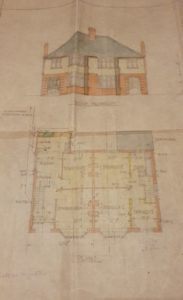
You could search online for any local history pages which may have photographs of your road. If you live in a new estate, could you find anything about the land use before the house was built?
I have googled Southill Weymouth History and found some Francis Frith old map images of Southill and Radipole which are interesting to view.
It would be lovely to hear about anything you may find out, no matter how big or small!

